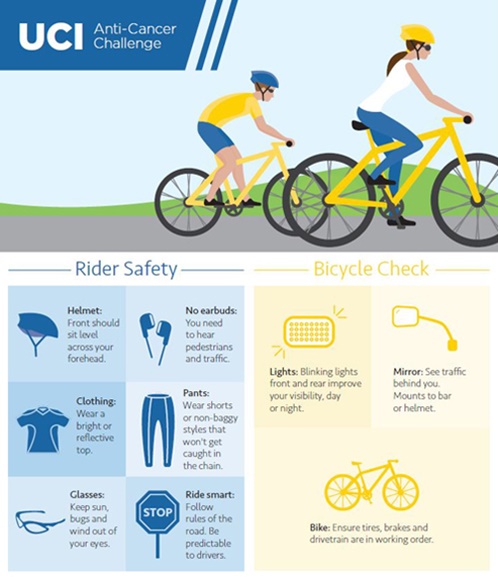Recently with all the bad press over cycling accidents in London recently, I thought that now would be a good time to share some hopefully useful advice about the more particular bits of cycling safety knowledge. Obviously, there is a large difference in size and weight between you and what you share the road with, so overtaking vehicles such as buses and cars can be very dangerous if not done right.
Fortunately, it isn’t that hard to get right and just requires a touch of self-awareness. It’s enticing to speed through a gap when one opens up but this could be too impulsive and put you in a bad situation, so there are a couple of conditions that should keep you absolutely safe.
Acceptable Overtaking Positions:
When you are on the left of a vehicle and looking to overtake it, only do so if it’s turning to the right, and there is sufficient space for you to easily get by. It is safer if the traffic is completely still however, as you have to deal with cars and buses turning out from junctions, so always keep an eye on what’s happening up ahead. A rule of thumb is to never overtake inside-turning traffic, especially larger vehicles that don’t have great turning circles and likely won’t swerve away from you in time.
Buses stopping at stations are also things that you should look out for, and you should always either keep your distance behind them or make sure that you can see the driver in the rearview mirror so that it’s definite that he or she sees you.
Some HGVs also have blind spots that can make it almost impossible for them to notice you, and sometimes the cycle lane can run directly over where they could be turning, so it’s a good principle to be in a position where you can quickly stop in case of emergency.
Stationary Stuff:
While parked cars and lorries may seem harmless, there is a distinct danger of being knocked off your bike by some unsuspecting driver of passenger swinging their door open. This is aptly named the ‘Door Zone’ and as a rule you should stick to around a metre width away from them, or as much as is possible without obstructing the cars behind you.
Overtaking buses that are stopped is also something that requires you to think about your position as people getting off the bus could easily collide with you, and although they’ll probably come off worse than you will, it’s not something you’ll want to happen.
Pedestrians:
Pedestrians and cyclists have a strained relationship sometimes, especially when cyclists use the pavements as a quick way of getting round things on the road. The main dangers normally happen at zebra crossings, as the pedestrian has right of way and may not be concentrating about stepping out into your path. As a result you should be cycling at a speed where you can easily turn or stop in case of daydreaming walkers.
It should be noted as well that cycling on pavements is actually illegal and creates unnecessary tension between cyclists and pedestrians.
If you’re a cyclist and a driver, then it’s good to make sure you’re up to scratch on your knowledge of the highway code, as many of the overtaking rules that apply to cars also apply to cyclists, such as crossing a solid white line in the middle of the road while overtaking.
It is also better to filter into traffic at similar speeds from the right-hand side where possible, and generally you should try and keep a similar speed to the rest of the traffic when you’re in the primary position – the centre of the left-hand lane.
Finally, you shouldn’t overtake other cyclists unless they’re turning right or the traffic is stationary, although the highway code does say that 2 bikes riding side-by-side is fine, as long as the road is not narrow or busy, so why not pull alongside another cyclist for a chat!
Hopefully this article has helped clear up some confusion over the situations in which you might find yourself having to make decisions about overtaking. You should remember, if nothing else, that it is your duty to be aware of your surroundings because as the cyclist you are much more at risk for other people’s mistakes than they are for yours, and that the bigger vehicles in particular should just be given a wide berth as the consequences aren’t worth gaining a couple of metres in road length.
And remember always wear a cycling helmet!
PedalSure.com have created a completely new kind of insurance, tailor-made for today’s cyclist. It’s based on one simple idea: That however precious your bike is, it’s not as precious as you are. So while other policies focus on the bike, PedalSure believe in covering you first, and then your bike. Get cover today in four easy steps at www.pedalsure.com





